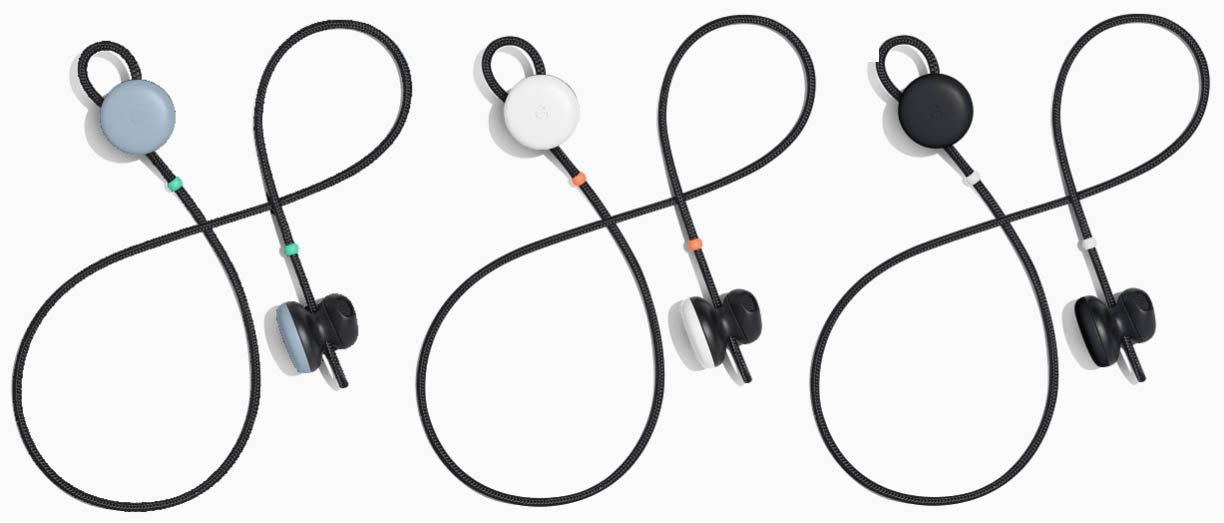
Last week, news leaked that Apple is working on AirPod upgrades to release this year, including better Siri voice activation. This gets Apple one step closer to an area of XR that we believe is opportune but under-rated: AR audio.
Instead of (or along with) graphics, audio could be a valuable AR modality. Delivered through an ambient whisper that’s a sort of informational “overlay,” its benefits include style and discreetness. It’s also aligned with advancements in voice processing and digital assistants (Siri, Alexa, et al.).
The next step for these digital assistants could be an ambient audio channel that stays with you all day. Google, Amazon, and Apple certainly have a vested interest in forming that persistent consumer touch point, but the first step is hardware that people will actually wear all day.
That gets back to AirPods. They’re just sleek and popular enough to engender that all-day use case. Google’s Pixel Buds could do the same, but they’ll have to streamline a bit. Though not as sleek, they’re a vessel for a much better voice/AI engine than Siri: Google Assistant.
For example, using Google Assistant, Pixel Buds can perform real-time language translation. Think of it like the in-ear translation system used by UN delegates, but for the rest of us. In fact, live audible language translation is a good example of the directions “AR audio” could go.

Micro Moments
We often joke that the original form of AR was radio. It “augments” your perception of the world while jogging, driving or other times you tune in. And like graphical AR’s evolution towards “true AR” (i.e. SLAM), AR audio will involve textured and intelligent sound overlays.
Besides language translation, what will that look like? AR audio could deliver details about an upcoming business meeting, or someone you’re shaking hands with at a conference. LinkedIn could develop an app that delivers these audible stats subtly and on the fly.
The way it could play out: Sleekness and portability will condition people to leave them in their ears all day. That engenders a new channel for ambient audio. From there it’s up to app developers – as with ARCore – to develop content and use cases like the LinkedIn example.
AR Audio also brings to mind Google’s smartphone-era construct of “micro moments.” These are the content snacking moments in the grocery line or subway — pulling out your phone for a quick fix of email, Facebook or Snapchat. It created lots of opportunity for media delivery.
But audio’s advantage is discreetness. It’s less cumbersome than pulling out your phone. And because AR glasses are held back by cultural and stylistic factors, the subtlety of ambient audio could fill an important gap. All-day use also creates a massive opening for content.
Of course, visual media won’t go away and is more conducive to several content formats. But audio could take over a certain share of micro-moments like getting informed about people or surroundings. We’re talking local discovery, shopping and proximity-based social media.

Breaking the Sound Barrier
As for who’s better positioned, AirPods have greater near-term reach than Pixel Buds. The former operate with about 600 million iPhones, while the latter work only with Google Pixel and Pixel 2. They can connect with other phones (even iPhones) but just as standard headphones.
But Pixel Buds have a longer-run advantage when they — and Google Assistant — are phased in to the larger Android Universe. Moreover, Google Assistant (the brain behind Pixel Buds) blows Siri (the brain behind Airpods) out of the water in terms of digital-assistant chops.
Apple’s Achilles heel for AR audio is in fact Siri. Google Assistant will win the voice search and “general knowledge” AI game, based on the extensiveness of Google’s knowledge graph. It will also outperform Amazon Alexa, because it’s a better AI engine with more data.
Pixel Buds add another weapon to Google’s AR arsenal. Alongside ARCore, AR audio could be carried forward through Google and developer-created apps. Meanwhile, if live translation of foreign language dialogue isn’t “augmented reality,” I don’t know what is.
For a deeper dive on AR & VR insights, see ARtillry’s new intelligence subscription, and sign up for the free ARtillry Weekly newsletter.
Disclosure: ARtillry has no financial stake in the companies mentioned in this post, nor received payment for its production. Disclosure and ethics policy can be seen here.
Header Image Credit: Apple
